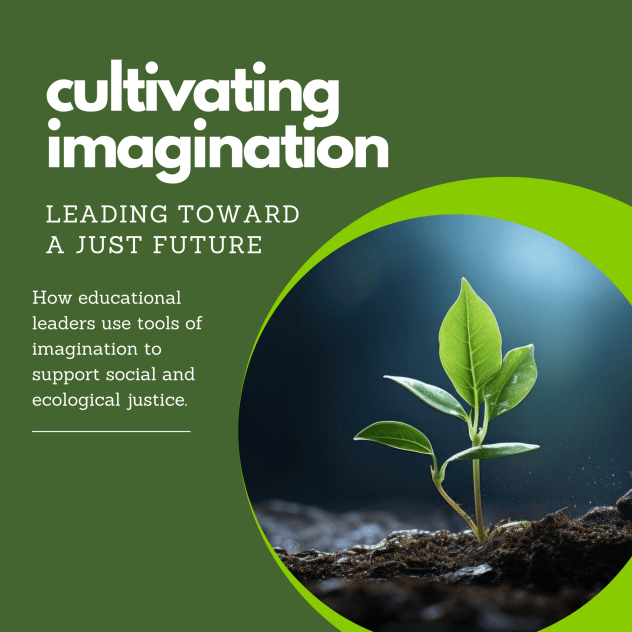by Heidi Wood, Indigenous Education Success, Culture & Curriculum Coordinator, Delta School District
Note: This blog is an extension of the Episode 8 Cultivating Imagination podcast.
Imaginative leadership holds a place in my heart where educators can bridge the worlds of Indigenous ways of being and pedagogy with the transformative possibilities of social and ecological justice for a more equitable learning environment. When I first came across the work of Imaginative Education, I immediately felt a connection to the cognitive tools and opportunities they provided for student ownership in their learning. What I did notice was the element of Indigenous pedagogy missing from the tools themselves. The tools connected learners to the land and the elements of story as the teacher, however, they did not lean into the deeper roots of Place, or the Indigenous values and perspectives connected with story and learning. I believed that the cognitive tools could be applied to the ways in which teaching and learning through an Indigenous lens occurs both orally and experientially. Taking this one step further, I believe that creating opportunities of success and equity using the tools would allow Indigenous learners to see themselves and have voice in their learning journey.
Imaginative leadership requires a subtle shift that allows for leadership to come in from multiple perspectives not top down. It requires access to resources, opportunities to continue to change context, be repetitive and reciprocal, and engage emotional connections that establish relationships that support community. If those who are most situated in leadership, see the benefit to themselves, they tend to be more invested in long term change and willing to try embedding equity and success tools. Ultimately the focus needs to be on equity and inclusion above all else.
The connections between Imaginative leadership and social and ecological justice come down to living in relationship with the land. The connections to engage learning ultimately need to be culturally situated in the teachings and in Place. By using Place as the teacher, the history, the people, the stories, the language, and the interconnectedness of all living and non-living relations become the voice of possibility to create opportunities of equity for the learner. This style of leadership gives authenticity to the voice of the learner and applies the needs of the educator to prompt imagination and engagement. Much of this is also represented in the work of Imaginative Eco-Leadership.
For example: In a year long enquiry using the Walking Curriculum and Walking Forward: Learning from Place, educators engaged students in learning from their relationships with the land.
We believe that imagination and emotional engagement have a central role to play in all learning. Each team in this project explored how to model the First Peoples Principles of Learning through Place-centered and imaginative ways and supported the learning with authentic Indigenous resources. For Indigenous ways of learning and teaching, connecting with the outdoors through experiential opportunities has been around since time immemorial. Indigenous ways of knowing, doing, and being have always had deep roots with Mother Earth and with Place. The “westernized” education system we use in schools is not as familiar with this relationship. It is this connection between imagination, emotion, and the outdoors, that is new to many educators. –Walking Forward, p.3
Len Pierre, Katzie Knowledge Holder and Educator, speaks about moving at the speed of trust when making changes. Engaging Imaginative Leadership and connecting Indigenous ways of being requires this trust to be based on culturally safe and relevant opportunities for success and equity for all learners, including student and educator. Using the land as the teacher and connecting Place provides the space needed to explore social and ecological leadership needs within the community. It is from this perspective that Imaginative Leadership helps bridge the needs to live in the possibilities of what can be.
References:
Wood, J. & Judson, G. (2022). Walking forward: Learning from Place. Retrieved from: https://www.educationthatinspires.ca/files/2022/05/Walking-Forward-Wood-Judson-2022.pdf
More from Heidi on transformative leadership: A Weaving of Equity
Hear more from our leaders in the Cultivating Imagination podcast series.



